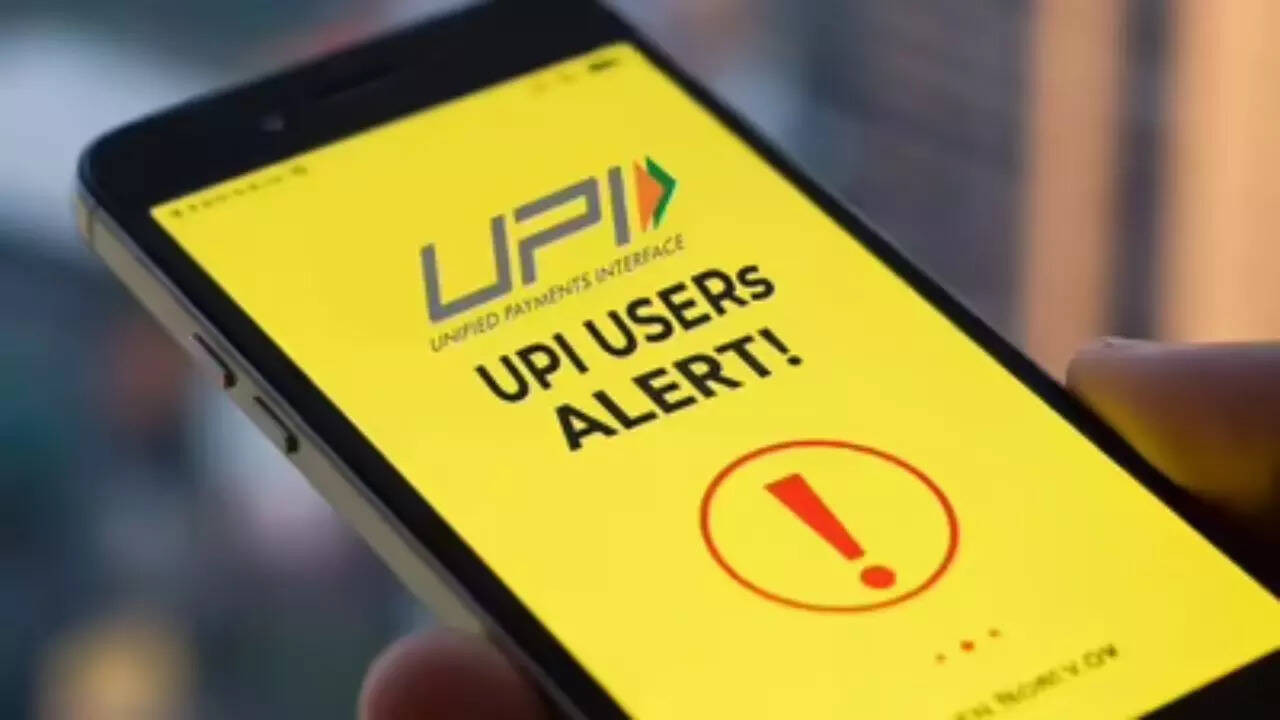To safeguard users against rising digital payment frauds, the National Payments Corporation of India (NPCI) has issued crucial safety guidelines. These tips emphasize verifying payment details, using trusted apps, and protecting sensitive information like UPI PINs and OTPs. The NPCI advises users to avoid rushed transactions and to closely monitor transaction alerts for any suspicious activity, ensuring safer online transactions.
Navigating the Digital Frontier: Keeping Your UPI Transactions Secure
We live in a world where swiping plastic feels almost…archaic. Unified Payments Interface (UPI) has revolutionized how we transact, offering unparalleled convenience. But with this ease comes a responsibility: safeguarding ourselves from the ever-evolving tactics of digital scammers. The National Payments Corporation of India (NPCI), the architect of UPI, isn’t leaving us to navigate this digital landscape alone. They’ve shared crucial insights on how to ensure your UPI payments remain secure. So, let’s break down these tips and equip ourselves to be savvy digital citizens.
Don’t Share Your Secrets: PINs and UPI IDs
This might seem obvious, but it’s worth hammering home: your UPI PIN is yours, and yours alone. Think of it as the key to your digital vault. No legitimate bank or payment service will ever ask for your PIN, CVV, or OTP (One-Time Password). These are your personal security shields. Treat them with the utmost care and never, ever share them with anyone, no matter how convincing their story. Scammers are masters of disguise, often posing as bank representatives or even familiar contacts. Remain vigilant and protect your sensitive information. Sharing your UPI ID, while necessary for receiving payments, should also be done cautiously, ensuring you know and trust the sender.
Question Everything: The Art of Verification
Before you punch in your PIN and send money hurtling through cyberspace, take a moment to verify the recipient’s details. Double-check the name and UPI ID displayed on your app. A quick glance can prevent you from accidentally sending funds to the wrong person—or worse, a scammer impersonating someone else. Many UPI apps now feature mechanisms to confirm the identity of the payee, utilizing contact lists and other verification methods. Make use of these features. Develop a habit of pausing and confirming before completing any transaction. This small step can save you a significant headache.
Beware of Phishing: Spotting the Fake
Phishing attempts are becoming increasingly sophisticated. Scammers use fake emails, SMS messages, and even social media posts to lure you into revealing your personal information. These messages often create a sense of urgency or promise enticing rewards to cloud your judgment. Be wary of unsolicited messages asking you to click on links or download attachments, especially if they request sensitive information. Always verify the authenticity of the sender before taking any action. Banks and payment services typically communicate through secure channels within their official apps or websites. If you’re unsure, contact the organization directly through their official channels. Learning to identify phishing scams is a crucial skill in today’s digital world.

Embrace App Locks: Fortifying Your Device
Adding an extra layer of security to your UPI apps is a simple yet effective way to protect your funds. Most smartphones offer built-in app lock features or allow you to download third-party app lockers. This means that even if someone gains access to your phone, they’ll still need a password, PIN, or biometric authentication to open your UPI app. This extra hurdle can deter opportunistic thieves and prevent unauthorized transactions. Think of it as a digital deadbolt for your financial life.
Stay Informed: Keeping Up with the Latest Scams
The world of online scams is constantly evolving, with new tricks and techniques emerging all the time. Stay informed about the latest scams and security threats by following reputable sources like the NPCI’s website, cybersecurity blogs, and news outlets. Educate yourself on common scams, such as requests for remote access to your device under the guise of technical support, or fake payment requests designed to trick you into sending money. Knowledge is your best defense against online fraud. Consider subscribing to newsletters or setting up alerts to stay updated on the latest security advisories. Staying proactive and informed will greatly enhance your ability to spot and avoid scams. For further reading, check out our article on [protecting your financial data online](internal-link-to-related-content).
Your Secure Digital Future Awaits
Mastering the art of safe UPI usage is a journey, not a destination. By adopting these practices, you’re not just protecting your own money; you’re contributing to a safer digital ecosystem for everyone. Remember, vigilance is key. By staying informed, practicing caution, and taking advantage of available security features, you can confidently navigate the digital frontier and enjoy the convenience of UPI without falling victim to scams. The power to secure your financial well-being in the digital age rests in your hands.







